Back to Courses

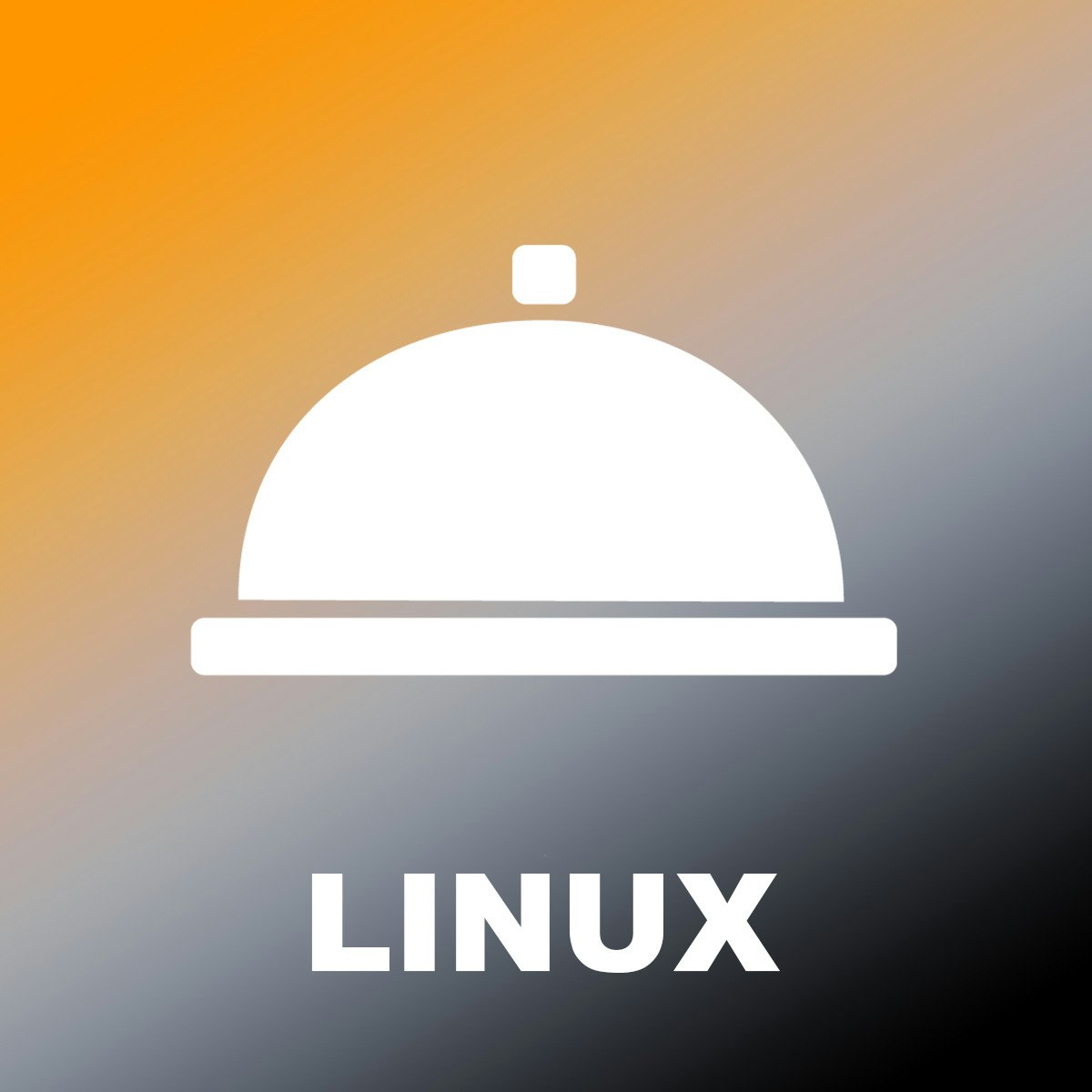

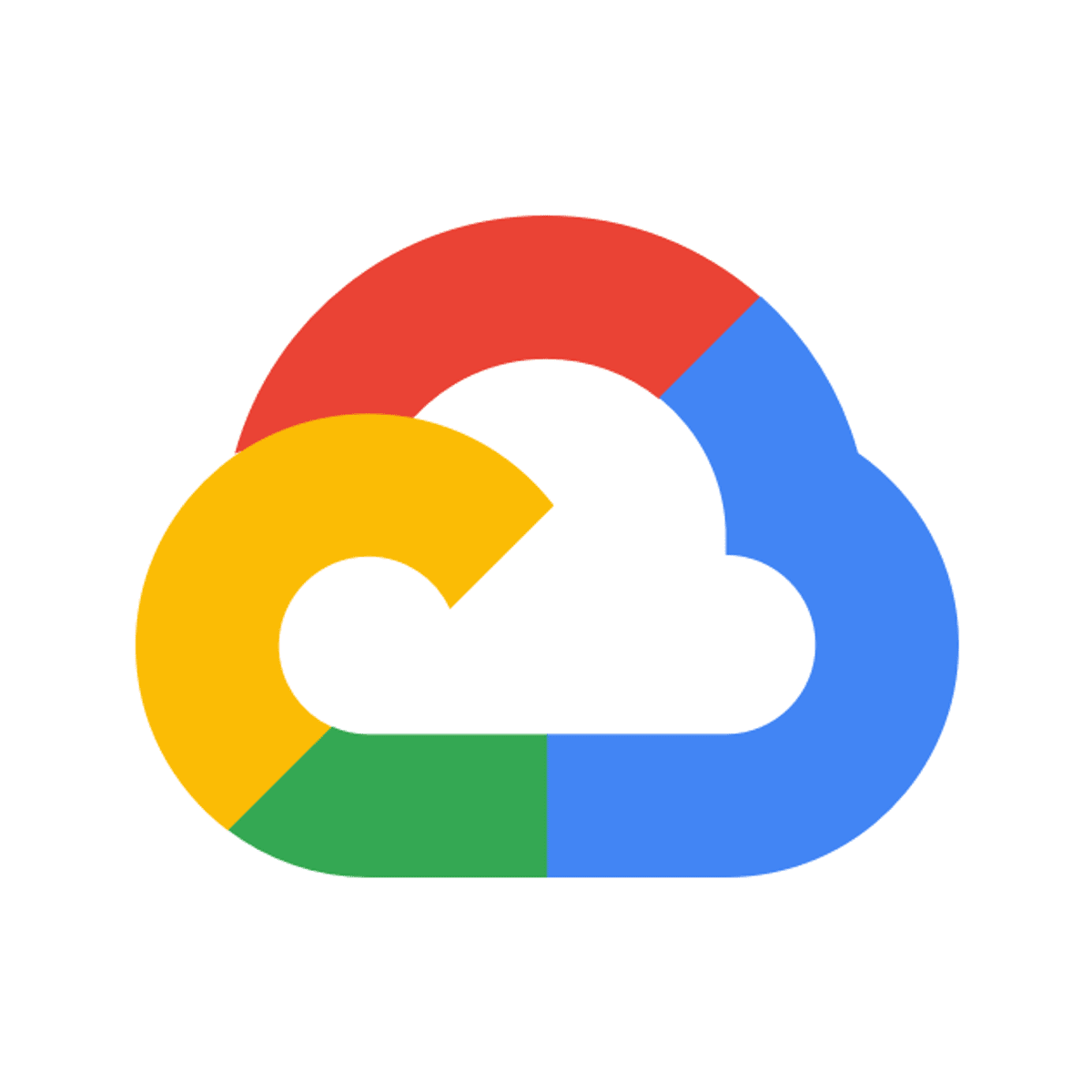

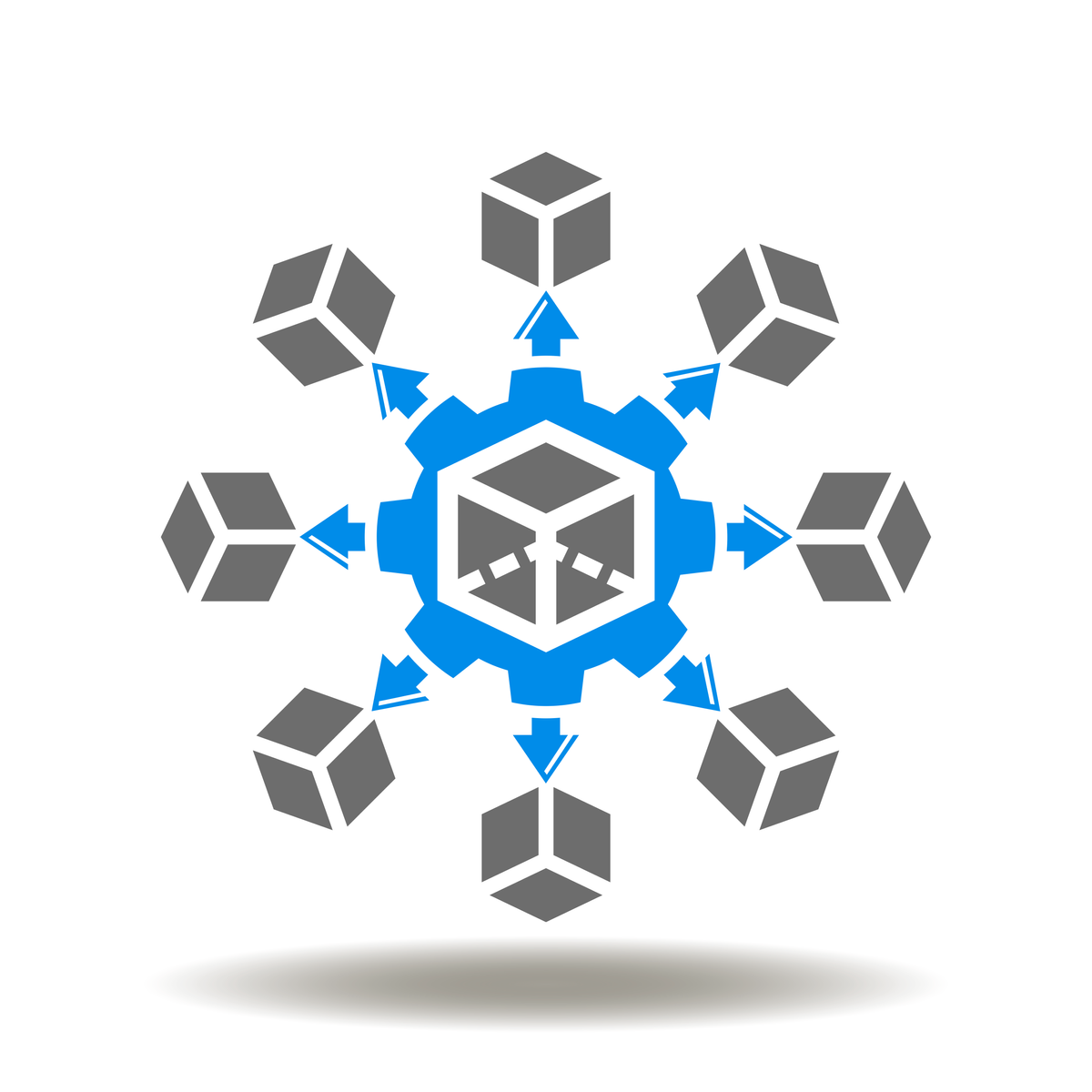
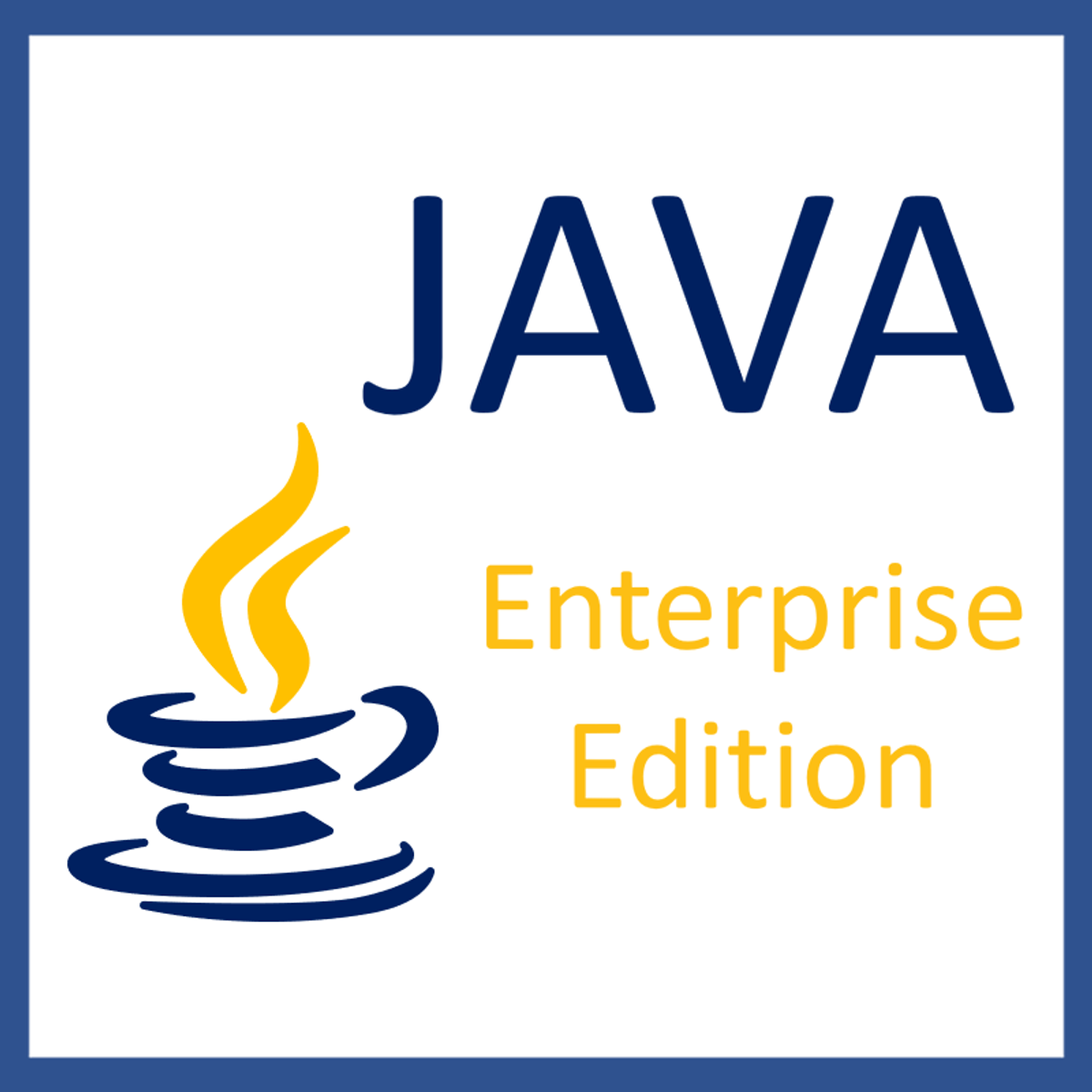
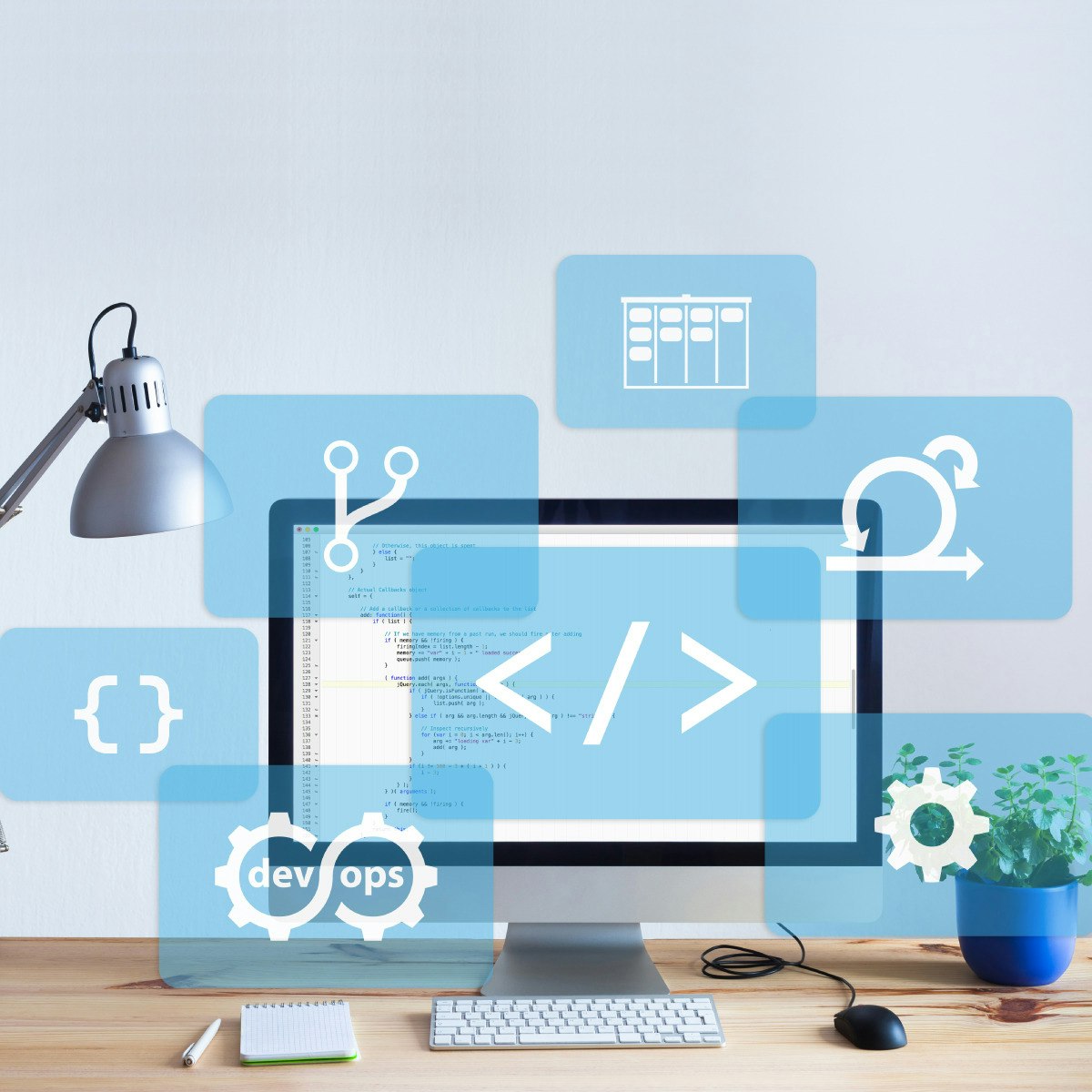

Information Technology Courses - Page 80
Showing results 791-800 of 1471

Containerized Applications on AWS
This course introduces you to container technologies and how they can be used to modernize your applications, as well as exploring how different AWS services can be used to manage and orchestrate those containers.
Container technologies have existed for years, and are still gaining popularity. Two of the most prevalent options are Docker and Kubernetes - each with its own distinct set of features. Regardless of which technology you choose, one of the biggest challenges with containers is their orchestration. Unlike traditional, monolithic applications where you can only scale at a macro level - an executable, for example - containerized applications scale at the container level. When coupled with a microservices approach, each container can contain the code necessary to execute a single task or function. While this provides a number of benefits, a single application can consist of hundreds of containerized microservices. How do you handle starting, stopping, scaling out and scaling in all of these containers?
AWS offers a number of services that help with container orchestration, including Amazon Elastic Container Service (ECS), Amazon Elastic Kubernetes Service (EKS), Amazon Lightsail, and Amazon Elastic Container Registry (ECR). Throughout this course, expert instructors will dive deep into these services as well as general container technologies and capabilities.
This course uses a combination of video-based lectures, delivered by AWS technical trainers, demonstrations, and hands-on lab exercises to enable you to deploy and manage a containerized application.

DevOps on AWS: Code, Build, and Test
DevOps is the combination of cultural philosophies, practices, and tools that increases an organization’s ability to deliver applications and services at high velocity: evolving and improving products at a faster pace than organizations using traditional software development and infrastructure management processes. This speed enables organizations to better serve their customers and compete more effectively in the market.
DevOps process can be visualized as an infinite loop, comprising these steps: plan, code, build, test, release, deploy, operate, monitor. Throughout each phase, teams collaborate and communicate to maintain alignment, velocity, and quality. This course in the DevOps on AWS specialization focuses on code, build and test parts of the workflow. We will discuss topics such as source control, best practices for Continuous Integration, and how to use the right tools to measure code quality, by identifying workflow steps that could be automated.

Service Management with Linux
Service Management with Linux

How to find audience interests with Meta Business Suite
Facebook has a new name, and with that new name also, a new platform for their businesses. Now, better known today as Meta has a new view of everything in the Business Suite, and we want to show you how the new tools work. These will show you how to find Facebook Audience Insight. This project will show the tools you need to know this game of Meta Business Suite. That will help you find the audience following you, the one you want to impact, and how this affects or provides better options for your business. You will know all the statistics, ages, countries, or cities where your followers or buyers are registered. So in this project, you will see all the options available to create content and ads aimed at your audience, which points to fantastic opportunities for your business. You will be able to see how to create an ad aimed at the audience you want and validate how the campaigns you have created offer feedback. This project is for you if you want to learn about everything Meta Business Suite offers in your audience area. We are going to practice and put hands-on work on what we learn. Be prepared to learn a lot and practice for your next project.

Troubleshooting Data Models in Looker
This is a self-paced lab that takes place in the Google Cloud console. In this lab you will learn how to troubleshoot and diagnose LookML code

AWS Cloudfront: Serve content from multiple S3 buckets
In this 2-hour long project-based course, you will learn how to serve content from multiple S3 buckets using AWS CloudFront from the AWS console
Amazon CloudFront is a fast content delivery network (CDN) service that securely delivers data, videos, applications, and APIs to customers globally with low latency, high transfer speeds, all within a developer-friendly environment. Whereas Amazon Simple Storage Service (Amazon S3) is an object storage service that offers industry-leading scalability, data availability, security, and performance. By completing the steps in this guided project, you will successfully create multiple AWS S3 buckets & serve or distribute its content using AWS Cloudfront via AWS management console within the AWS Free Tier. You will also get hands-on setting up error pages, global distribution restrictions, etc.

Build a simple API-driven e-commerce application
In this 1-hour long project-based course, you will learn how to build a simple restful API with python, create YAML and docker files, and how to connect containers together by means of a minimal website to create a fully interconnected microservice system using docker-compose.

Enterprise Java Beans (EJBs) and the Jakarta Persistence API (JPA)
The EJB architecture was the first component-based development model for Java EE specification. It consists of three main components; enterprise beans (EJBs), the EJB container, and the Java application server. In this course students will develop EJBs to run it run inside an EJB container, that is running on a Java EE compliant application server. Students will see that EJB Components enables you to build scalable and accessible enterprise applications

DevOps Capstone Project
In this course you will apply your skills and knowledge acquired during previous courses in the PC to demonstrate your proficiency in DevOps practices by developing, testing, deploying, monitoring, and enhancing a secure microservices-based application on Cloud, over the course of several sprints, using a variety of Agile, Cloud Native, and CI/CD technologies and tools.

Mobile Architecture
Explore the fundamental concepts behind mobile architecture such as layers, data flows, performance and components versus containers. Mobile architecture is a group of patterns and techniques that developers use to build a fully structured mobile application (app).
Get a deeper understanding of how mobile devices handle the data from React Native. Soon, you’ll build your own data rich components.
Popular Internships and Jobs by Categories
Browse
© 2024 BoostGrad | All rights reserved


